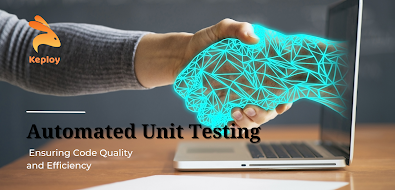The Crucial Element of Integrity in Coding: Building Trust Through Ethical Practices 🌐💻

Introduction: Integrity is a foundational element that permeates every aspect of our lives, and the world of coding is no exception. In the realm of software development, integrity goes beyond simply writing efficient and error-free code; it extends to the ethical principles that guide developers in their decision-making processes. This article explores the crucial element of integrity in coding , emphasizing the importance of ethical practices and the role they play in building trust among users, collaborators, and the broader community. Accuracy and Precision: The foundation of integrity in coding lies in the accuracy and precision of the code. Developers must ensure that their code produces the intended results and functions as expected. Inaccuracies or imprecisions can lead to unintended consequences, including security vulnerabilities and system failures. Upholding accuracy and precision demonstrates a commitment to delivering reliable and trustworthy software....


.png)